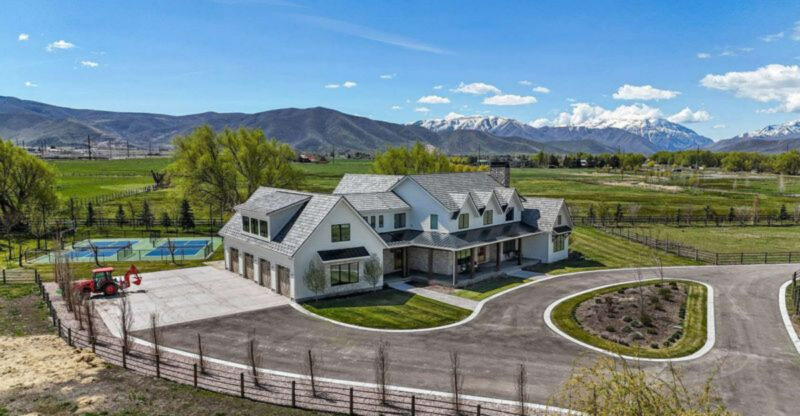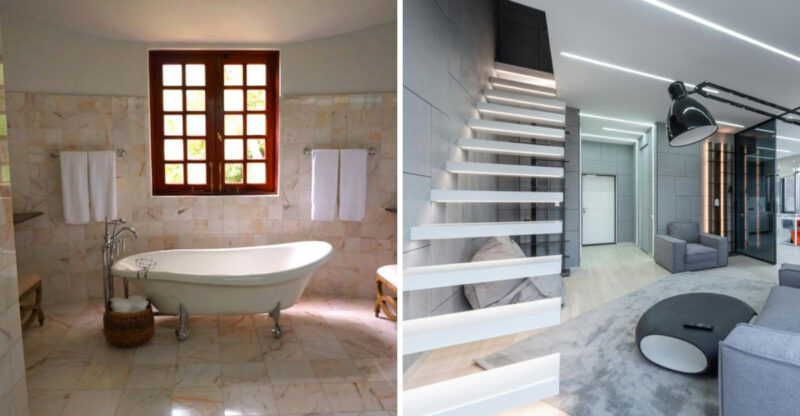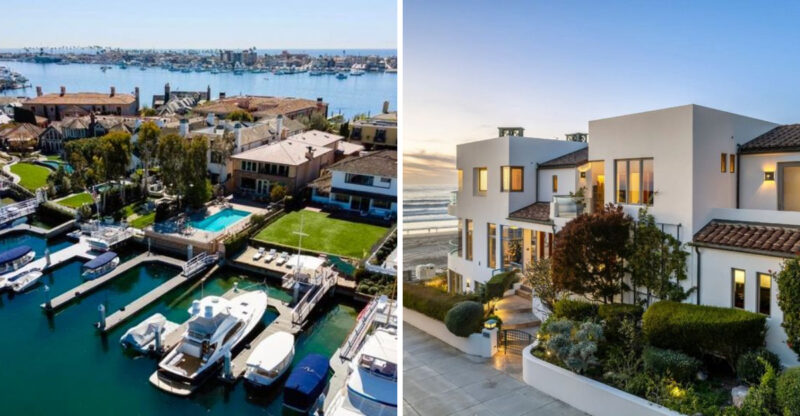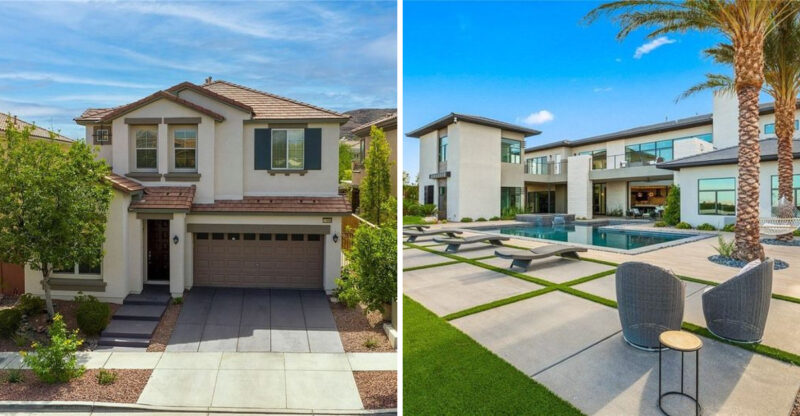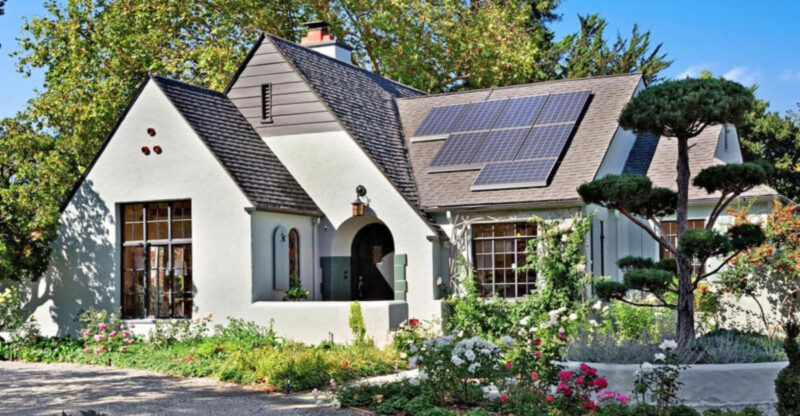Los Angeles Housing Outlook 13 Properties At Risk Of Decreasing In Value
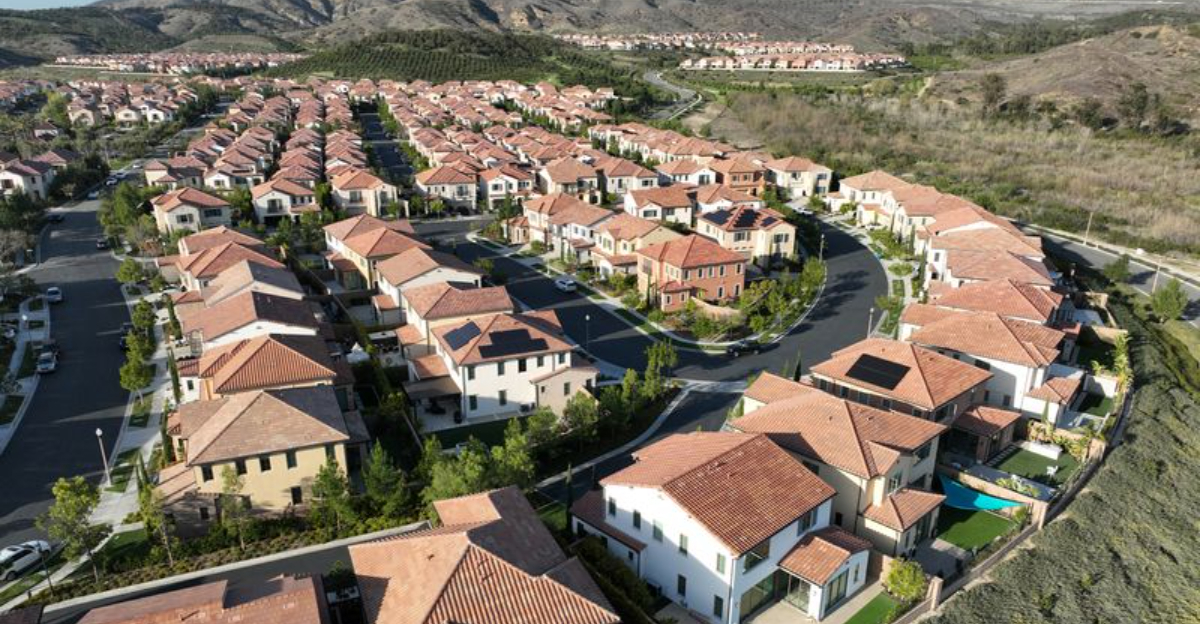
The Los Angeles real estate market is changing fast, with some properties facing serious value drops.
Fire dangers, insurance problems, and climate risks are making certain homes less attractive to buyers.
If you own property in these areas or are thinking about buying, you need to know which neighborhoods might lose value in the coming years.
1. Pacific Palisades Fire Zones

Luxury homes nestled in Pacific Palisades’ fire-prone canyons are losing their premium status. Mansions that once commanded top dollar now sit longer on the market as buyers become more educated about wildfire risks.
Insurance companies have dramatically restricted coverage in these zones, forcing homeowners to seek expensive alternatives. Some residents pay upwards of $40,000 annually just for basic fire coverage if they can get it at all.
Recent fire seasons have shown that even multi-million dollar properties with extensive landscaping aren’t immune to nature’s fury. The combination of limited evacuation routes and dense brush makes these stunning homes increasingly difficult to sell at their asking prices.
2. Eaton Canyon Adjacent Properties
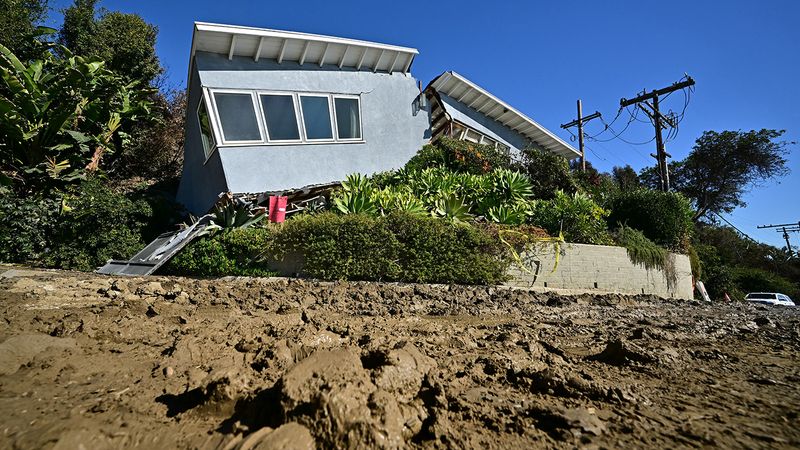
Homes bordering Eaton Canyon face a double threat wildfire danger and flash flood risk. Properties here once commanded premium prices for their natural setting and hiking trail access, but savvy buyers now recognize the hidden costs.
When winter rains follow summer fires, these homes sit directly in debris flow paths. Several properties suffered extensive damage in recent years when burn areas couldn’t absorb rainfall.
Insurance carriers have taken notice, with many refusing to write new policies or renewing existing ones at 3-4 times previous rates. Real estate agents report growing difficulty selling these properties at prices comparable to similar homes in safer areas, creating a widening value gap.
3. Malibu Hillside Residences
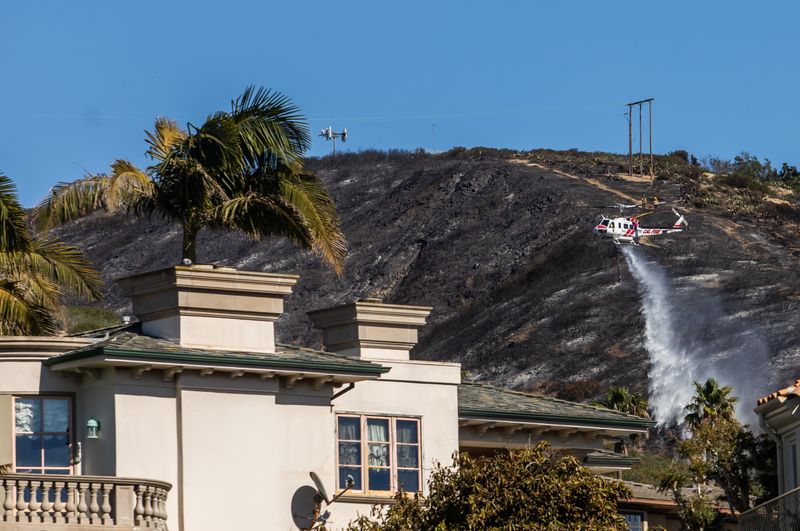
If you’ve dreamed of a Malibu hillside home with ocean views, prepare for a reality check. These iconic properties face serious challenges maintaining their astronomical values.
The Woolsey Fire served as a wake-up call, destroying over 400 Malibu structures and revealing how quickly these homes can become uninsurable. Many rebuilt properties now struggle with insurance costs exceeding $100,000 annually if coverage is available at all.
Climate models predict increasingly severe fire seasons, putting these homes at heightened risk. Add concerns about coastal erosion and rising sea levels affecting beach access, and you have properties that financial institutions increasingly view as risky long-term investments, potentially impacting mortgage availability and terms.
4. Homes Without Insurance Access
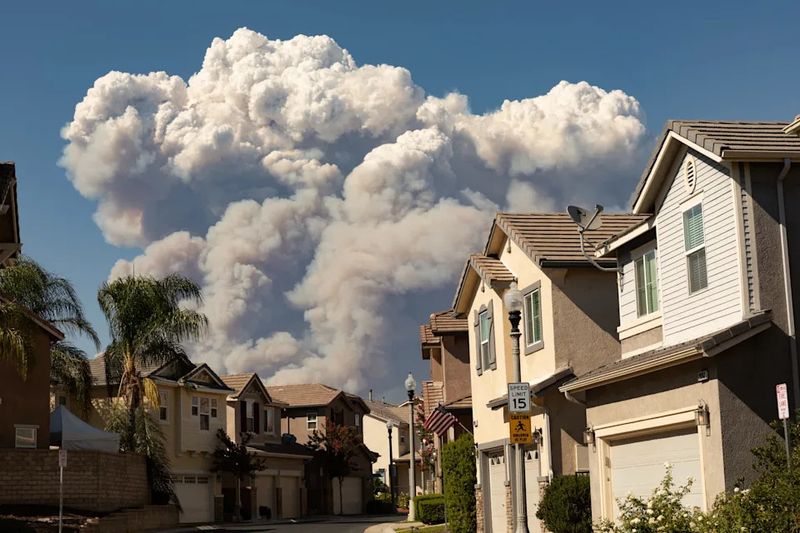
Across Los Angeles, pockets of homes have become virtually uninsurable, sending their values into a dangerous spiral. Without standard insurance options, owners turn to California’s FAIR Plan coverage of last resort that costs more while covering less.
This insurance gap creates a perfect storm for declining values. When potential buyers discover they can’t obtain normal insurance, many walk away or demand significant price reductions.
Areas like Topanga Canyon, parts of Studio City, and certain La Tuna Canyon neighborhoods face the worst effects. Real estate agents report that homes in these insurance deserts now sell for 15-20% less than comparable properties in insurable zones, with this gap widening as more carriers pull back from fire-prone areas.
5. Canyon-Area Older Houses
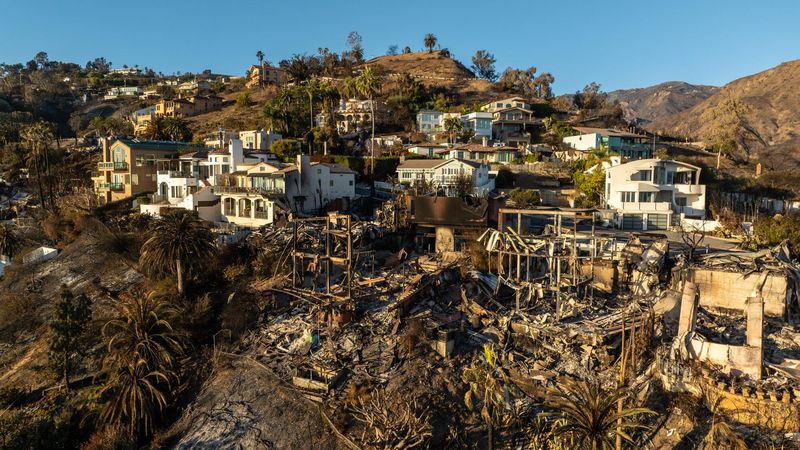
Vintage charm doesn’t compensate for outdated safety features in canyon neighborhoods. Older homes in areas like Laurel Canyon, Beachwood Canyon, and Rustic Canyon face particular challenges maintaining their value in today’s market.
Many of these properties feature original wood construction, inadequate foundations, and outdated electrical systems that make them especially vulnerable to fires and earthquakes. Insurance companies increasingly require expensive upgrades before offering coverage.
The narrow, winding roads that add character also create evacuation nightmares during emergencies. Several recent near-misses have highlighted how quickly these areas can become dangerous traps. With younger buyers more attuned to climate risks, these once-coveted properties now face declining demand and softening prices.
6. Coastal Estates Lacking Upgrades
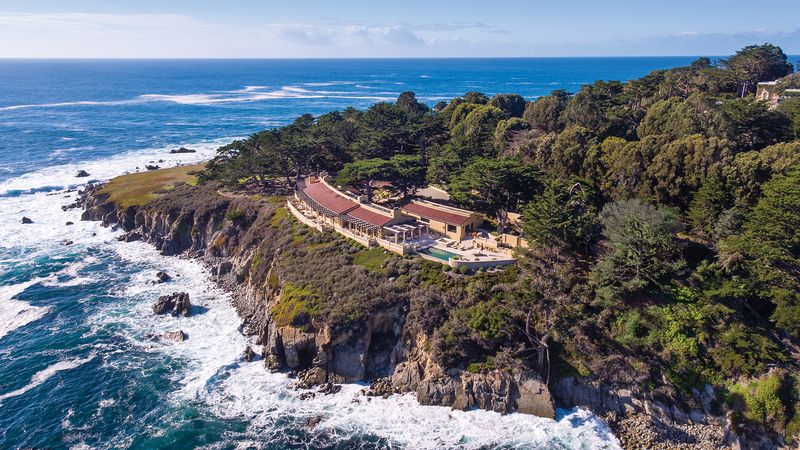
Oceanfront luxury without modern resilience features is quickly losing appeal. Malibu and Pacific Palisades estates built before stricter coastal codes now face substantial value challenges without significant upgrades.
Many of these homes sit vulnerably close to eroding bluffs or lack proper seawalls and drainage systems. Recent winter storms caused catastrophic damage to several properties, highlighting these weaknesses to potential buyers.
Smart investors now look beyond the views to assess climate adaptations. Homes with outdated septic systems, inadequate foundations, or insufficient setbacks from bluff edges sell for substantially less than updated properties. Real estate analysts predict a growing price gap between resilient coastal homes and those that haven’t adapted to changing environmental conditions.
7. Smoke-Prone High-End Neighborhoods
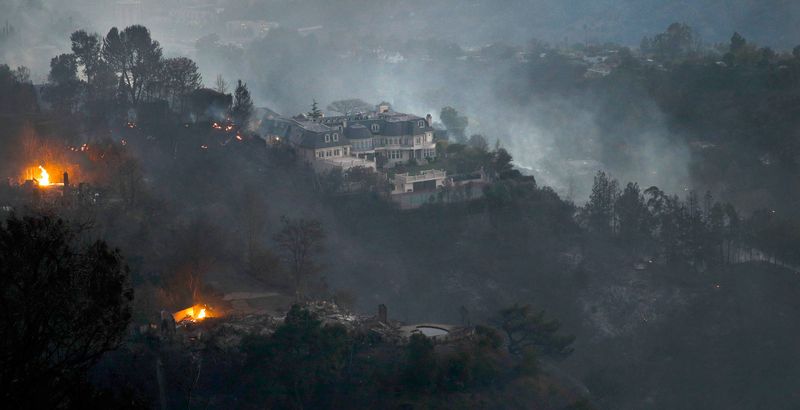
Million-dollar views now come with million-dollar problems in smoke-prone areas. High-end neighborhoods in the hills of Bel Air, Beverly Hills, and Encino face growing challenges from smoke exposure during fire seasons.
Air quality issues once considered temporary are now recognized as recurring problems affecting health and quality of life. Medical professionals report increasing respiratory complaints from residents in these areas, while home air quality monitoring has revealed concerning patterns.
Smart buyers now research historical smoke patterns before purchasing. Properties in canyons and valleys where smoke settles face particular challenges, with some luxury homes sitting on the market 30-40% longer than comparable properties in areas with better air circulation. This extended market time often leads to significant price reductions.
8. Uninsurable Post-Fire Homes
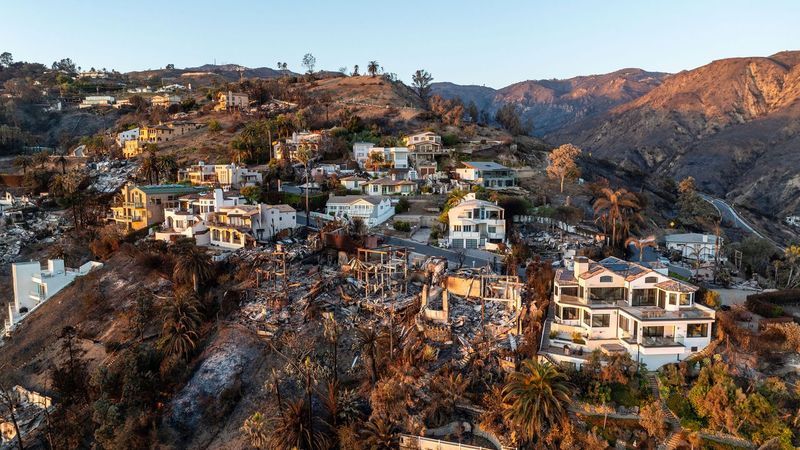
Rebuilt homes in previously burned areas face a harsh new reality in Los Angeles. Despite meeting current building codes with fire-resistant materials, many cannot secure traditional insurance at any price.
These properties, concentrated in areas like Sylmar, Malibu, and parts of Calabasas, have become cautionary tales in the real estate market. Some owners have invested millions in rebuilding, only to discover their properties are worth significantly less than before the fires.
The insurance situation creates a domino effect on value. Without affordable coverage, financing becomes difficult or impossible, limiting the buyer pool to cash purchasers who demand steep discounts. Real estate data shows these homes now selling for 25-30% below comparable properties in areas without recent fire histories.
9. Rebuild-Delayed Listings
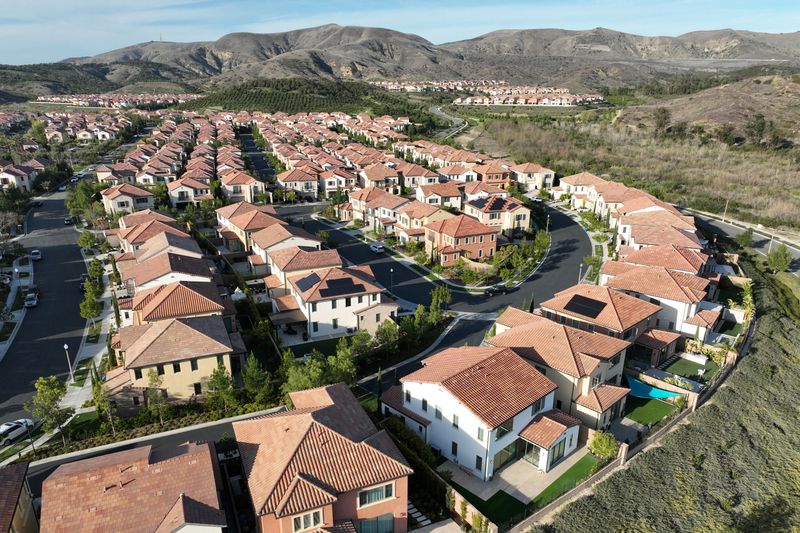
Half-finished rebuilds haunt neighborhoods across fire-affected Los Angeles communities. These stalled projects represent a growing segment of properties facing severe value challenges.
Many owners began rebuilding after fires only to encounter insurance shortfalls, construction cost explosions, or permit delays. Some ran out of funds mid-project, while others abandoned rebuilds after discovering their finished homes would be uninsurable or worth less than their investment.
These properties create particular challenges for appraisers and buyers. With construction materials exposed to weather damage and incomplete permits, many require significant additional investment before becoming habitable. Real estate professionals report these properties typically sell for little more than land value, often 40-50% below their pre-fire appraisals.
10. Post-Fire Market Flood Homes
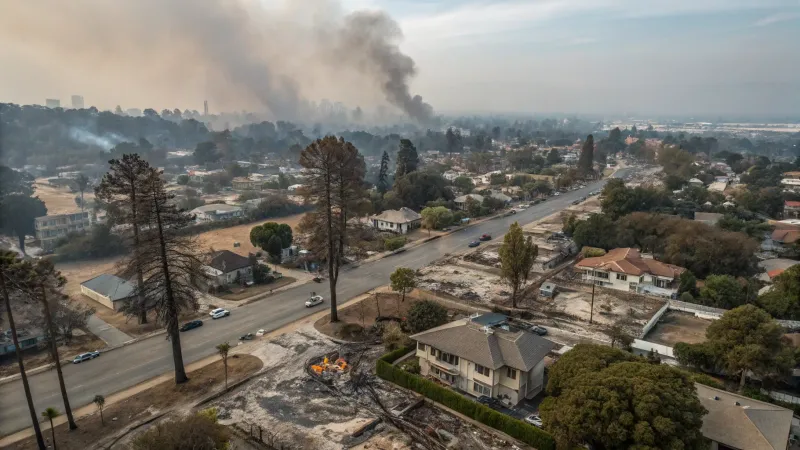
After major fires, certain Los Angeles neighborhoods experience concerning market patterns that depress values for all homes in the area. When multiple homeowners decide not to rebuild and list their properties simultaneously, supply suddenly outpaces demand.
This market flooding creates downward pressure on prices, affecting even undamaged homes nearby. Recent examples in Bell Canyon and parts of Topanga showed price drops of 15-20% across entire neighborhoods following this pattern.
Buyers recognize the opportunity to negotiate aggressively in these situations. Real estate data shows homes in these market-flooded areas spend an average of 3-4 months longer on the market than properties in similar neighborhoods without recent fires. This extended selling period often forces sellers to accept offers well below their initial asking prices.
11. Insurance Premium Spike Areas
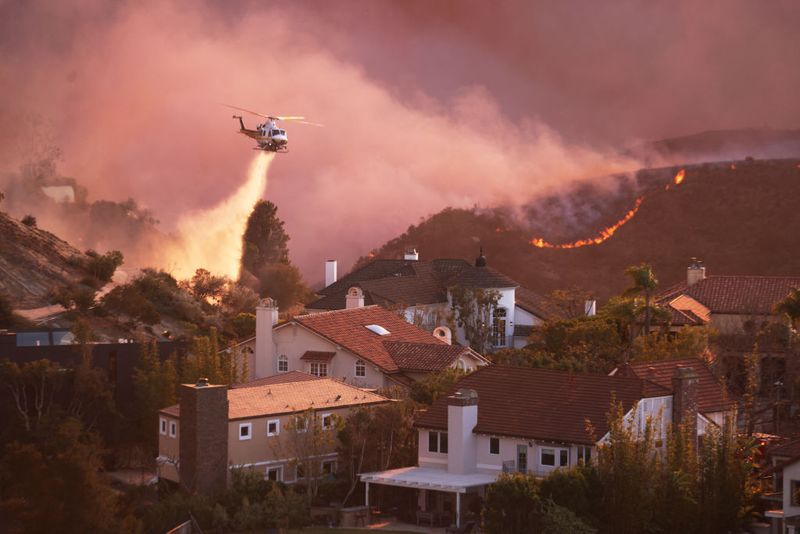
Certain Los Angeles neighborhoods face insurance premium increases so dramatic they’re reshaping property values. Areas like Shadow Hills, La Crescenta, and parts of Sherman Oaks have seen average premiums jump from $2,000 to $15,000+ annually in just a few years.
This insurance shock adds significant carrying costs that buyers must factor into their budgets. A $13,000 annual premium increase effectively reduces what a buyer can afford to spend on mortgage payments by over $1,000 monthly.
Real estate professionals now routinely include insurance quotes in listing packages to prepare buyers for the reality. Properties with particularly high premiums sell for noticeably less than comparable homes in areas with more reasonable insurance costs. Market data shows a direct correlation between insurance premium increases and declining property values.
12. Climate-Risk Hillside Zones
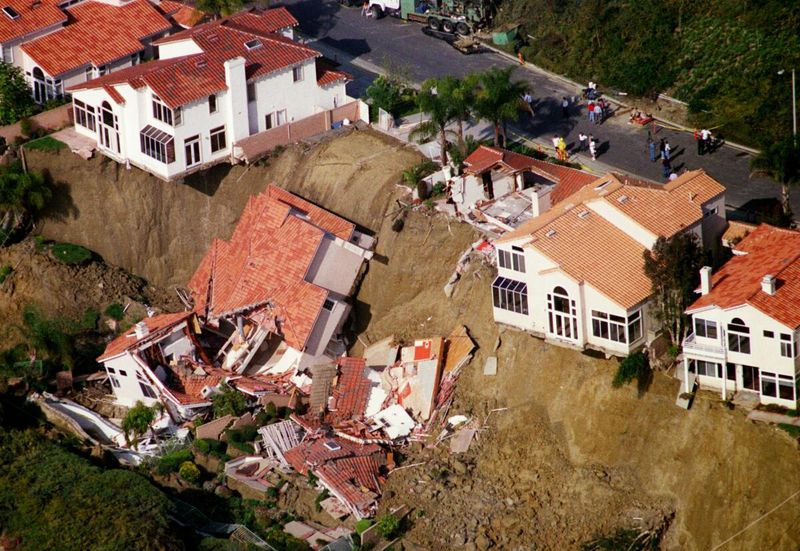
Scientific climate projections are already impacting property values in specific Los Angeles hillside zones. Areas identified in climate risk models as facing increased fire, landslide, and drought threats show measurable price softening compared to safer neighborhoods.
Forward-thinking buyers now consult climate risk reports before making offers. Properties in high-risk zones increasingly attract lower bids or requests for significant contingencies, especially from younger buyers concerned about long-term viability.
Financial institutions have noticed this trend too. Some lenders now require additional insurance or higher down payments for properties in these zones. Real estate analysts predict a growing value gap between climate-resilient properties and those in vulnerable areas, with some high-risk hillside homes potentially losing 20-30% of their relative value over the next decade.
13. Canyon-Bottom Flood Risk Properties
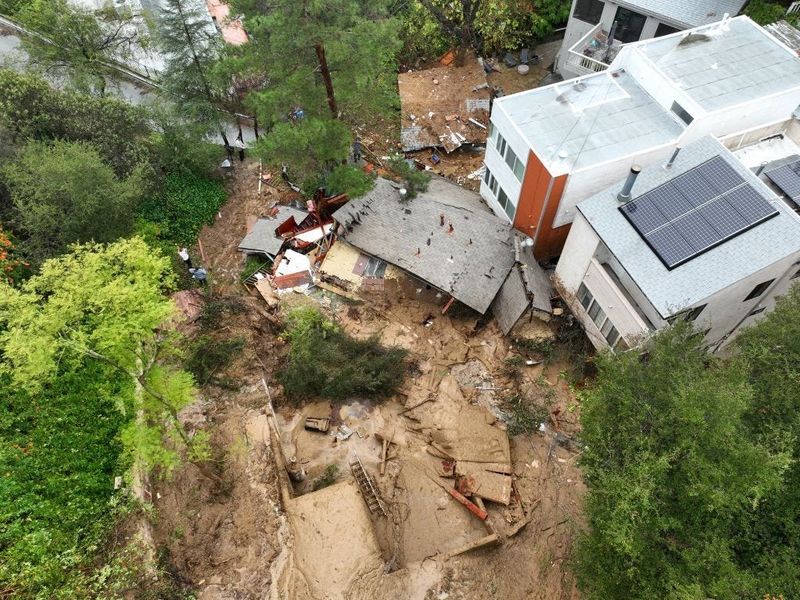
Homes situated at canyon bottoms face a perfect storm of decreasing values due to increased flood and debris flow risks. These properties in areas like Tujunga, Sunland, and portions of Topanga once seemed safely distant from hillside fire concerns.
Recent fire-flood cycles have revealed their vulnerability when burned hillsides can’t absorb rainfall. Several catastrophic debris flows have damaged or destroyed homes that weren’t directly affected by flames.
FEMA has updated flood maps to reflect these changing risks, forcing many owners into expensive flood insurance requirements. Properties newly designated in high-risk zones face particular challenges, with some experiencing value drops of 15-25% immediately following reclassification. Real estate data shows these properties now take twice as long to sell compared to similar homes outside flood zones.

